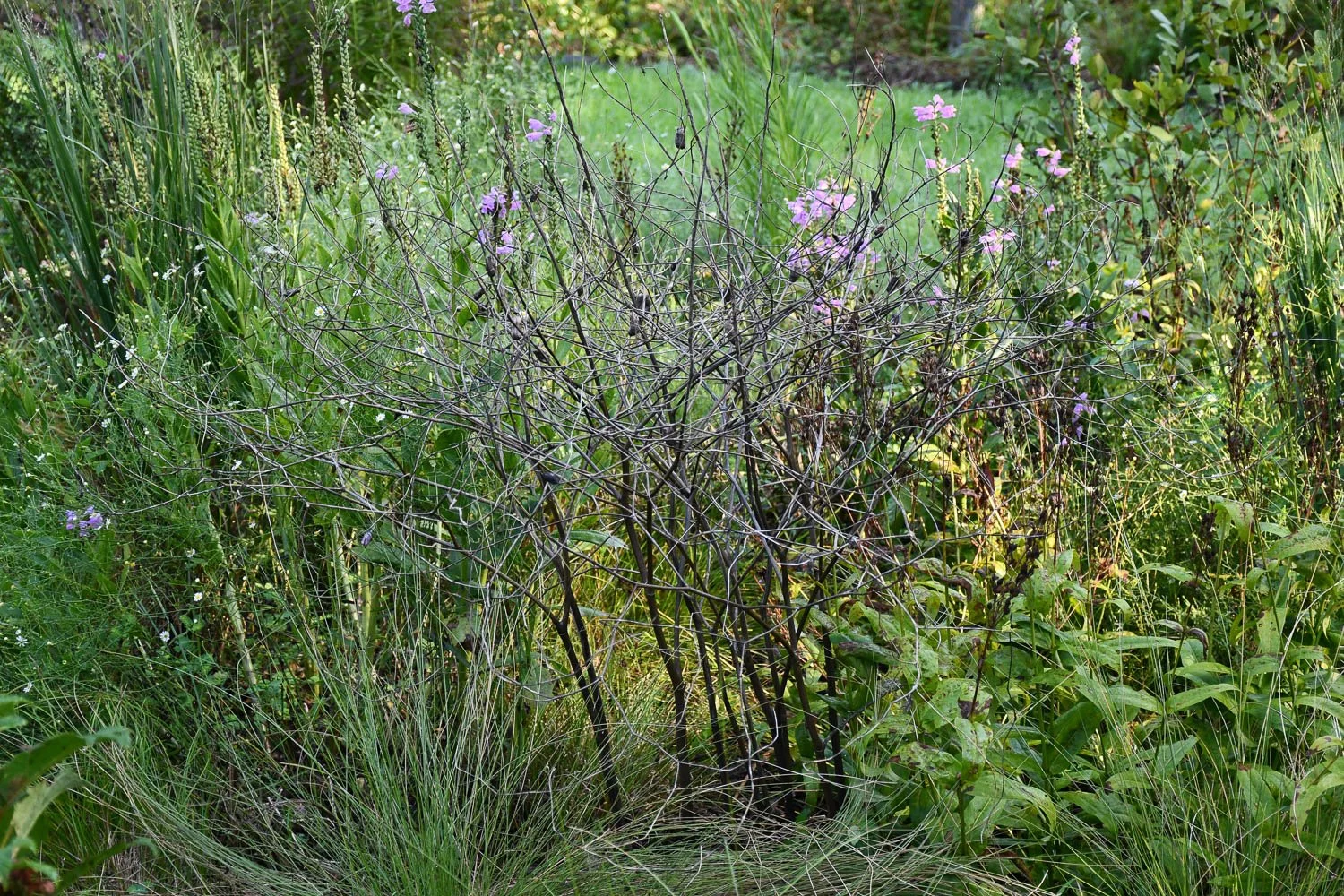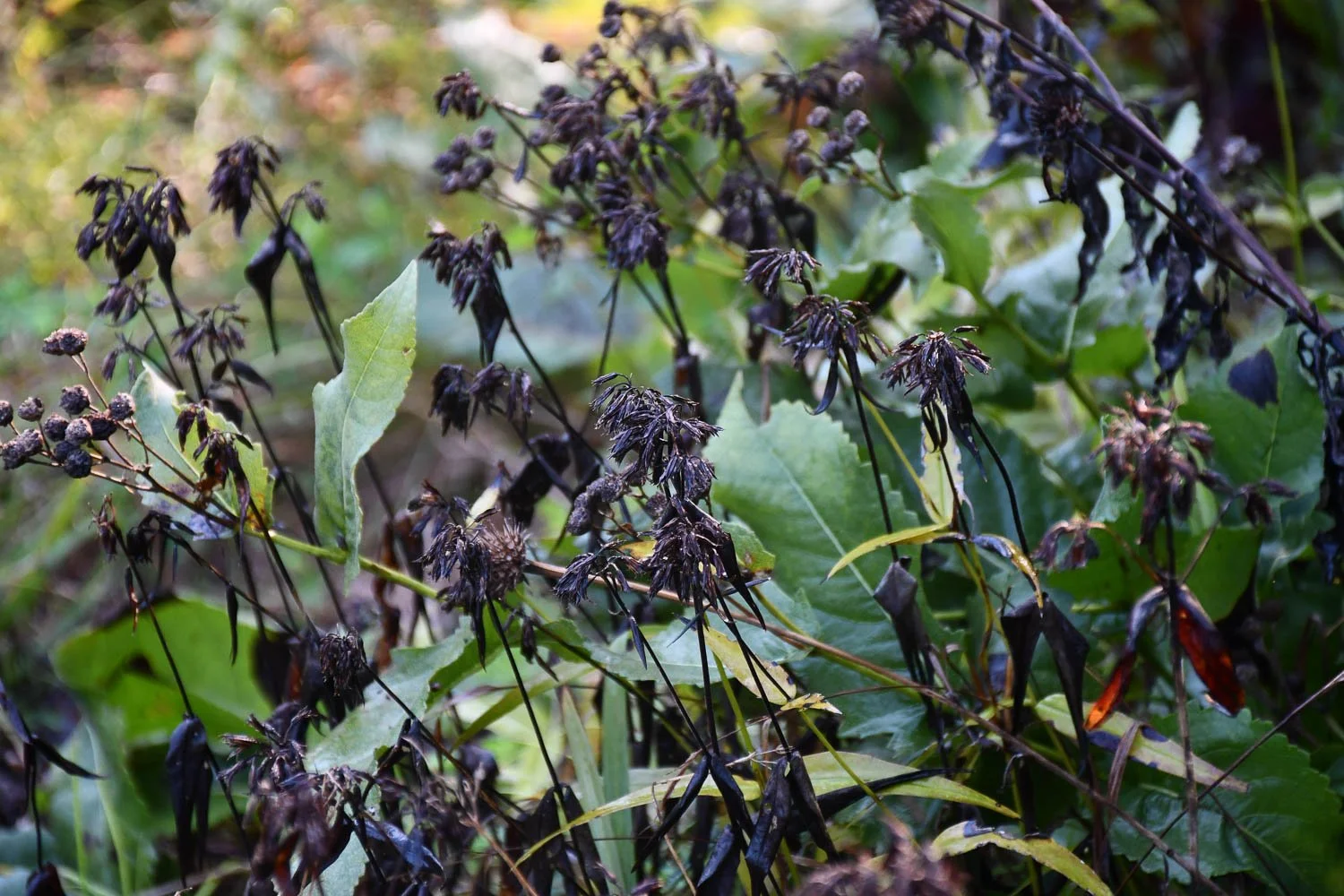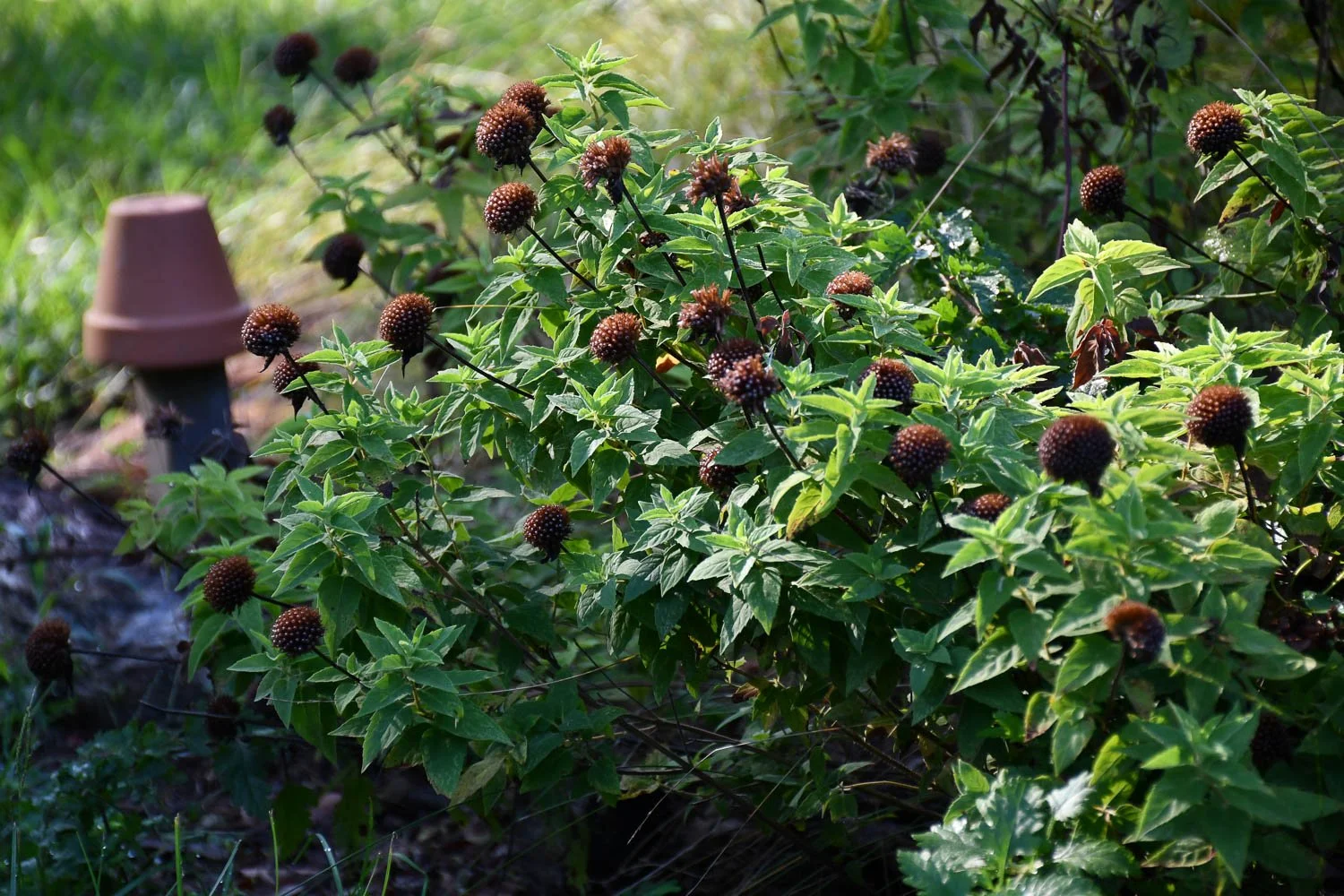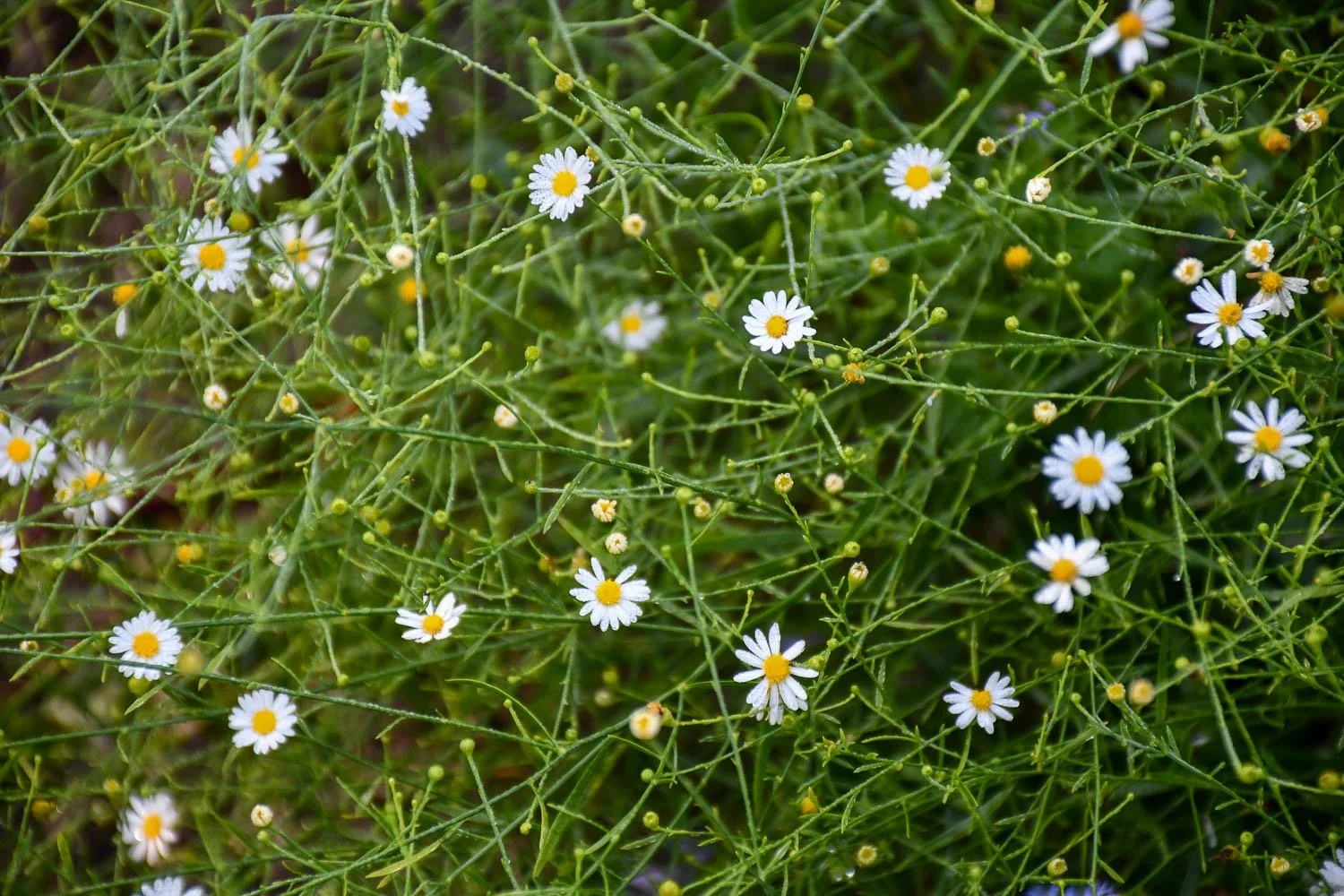This summer hasn’t been too bad weather-wise here at Ephemera Farm. I actually had to look at our weather station to see how many days we’ve broken 100°F. Even this morning was 68°F.
Normally, there comes a point where the spigot from the sky turns off, but this year that hasn’t happened. We’ve had a regular amount of rain, minus a dry spell here and there. We have no drought, but there’s been an outbreak of fungal issues and weeds.
Good years are just as helpful to evaluate the garden and see what thrives as bad years. What can stand up with abundant rain and wet soil? What flops? What has clean foliage? And, what looks like trash? I’ve learned every summer there inevitably will be the good, the bad, and the ugly. Some year, the categories plants fall into changes. Other years, it’s pretty consistent being good, bad, or ugly after July and August.
There are some plants I’ve learned go dormant regardless of the moisture level. Early on as I was learning what would grow well in Texas, I assumed that plants prematurely halted growth with the summer dryness, but seeing decline followed by dormancy in wet years has changed my thinking.
Take Baptisia for example. Every year no matter how much rain we get, Baptisia alba (white wild indigo), Baptisia sphaerocarpa (yellow wild indigo), and Baptisia australis var. minor (dwarf wild indigo) usually go dormant in early August. Phlox ‘Minnie Pearl’ (phlox), Stokesia laevis ‘Peachie’s Pick’ (Stokes’s aster), and Clematis reticulata (netleaf leather flower, header image) show a similar pattern.
Baptisia alba
Stokesia laevis ‘Peachie’s Pick’
Phlox ‘Minnie Pearl’
While I know Piet Oudolf says brown is a color, too, this early in the season to have blacks and browns amongst so much green isn’t welcome. We still have 90 days until frost and our show of asters, sunflowers, and salvia to come. So, where the necrosis detracts, I prune it out to freshen the garden.
Some plants fade okay like Monarda stipitatoglandulosa (Ouachita bee balm) and Eryngium yuccifolium (rattlesnake master). For the former, the brown seed heads are supported on mostly still green plants, and for the latter, there is still a good amount of green in the leaves and inflorescences.
Monarda stipitatoglandulosa
And, then others like Symphyotrichum oblongifolium ‘Raydon’s Favorite’ (aromatic aster) look rough in these wet years. The tips are green, but there’s a good amount of foliar dieback inside the plant. I’m considering applying an organic fungicide next year to see if that would help.
I have also focused on planting the good—more visually appealing plants at this time of the year to fill the gap. We have height from the verdent seed capsules of Lilium formosanum (Formosan lily) that finished blooming just a few weeks ago, and the rains have spurred on a second flush of Hymenocallis occidentalis var. eulae (summer spider lily) blooms.
Hymenocallis occidentalis var. eulae
Silphium perfoliatum (cup plant), Physostegia virginiana (obedient plant), and Boltonia diffusa (doll’s daisy) all look stellar with no issues with foliage. Silphium has bloomed all summer, Physostegia got started flowering in mid-July and still goes, and Boltonia foliage haze is just starting to show some of its darling flowers.
Boltonia diffusa
But, there are still gaps. The spring is so verdent with good ground coverage. I keep thinking that I’ve done a good job closing the gap, but then August comes and I’m wondering why is everything bare under this Baptisia?
Part of the gap could be I’m losing plants. My dense clumps of Pycnanthemum tenuifolium (narrow-leaf mountain mint) have slowly been disappearing, and I’ve lost two Stokesia. My suspicion is voles, which is odd for them to go after mints. But, I also ponder if I have a root fungal disease that is becoming problematic. I go to pull on the Stokesia, roots are still in the ground, but it looks like they’ve just rotted.
If you have any ideas of the cause, please pass them along. For now, I’m planning on what to plant in these spots when cooler weather arrives. It won’t be long now.






